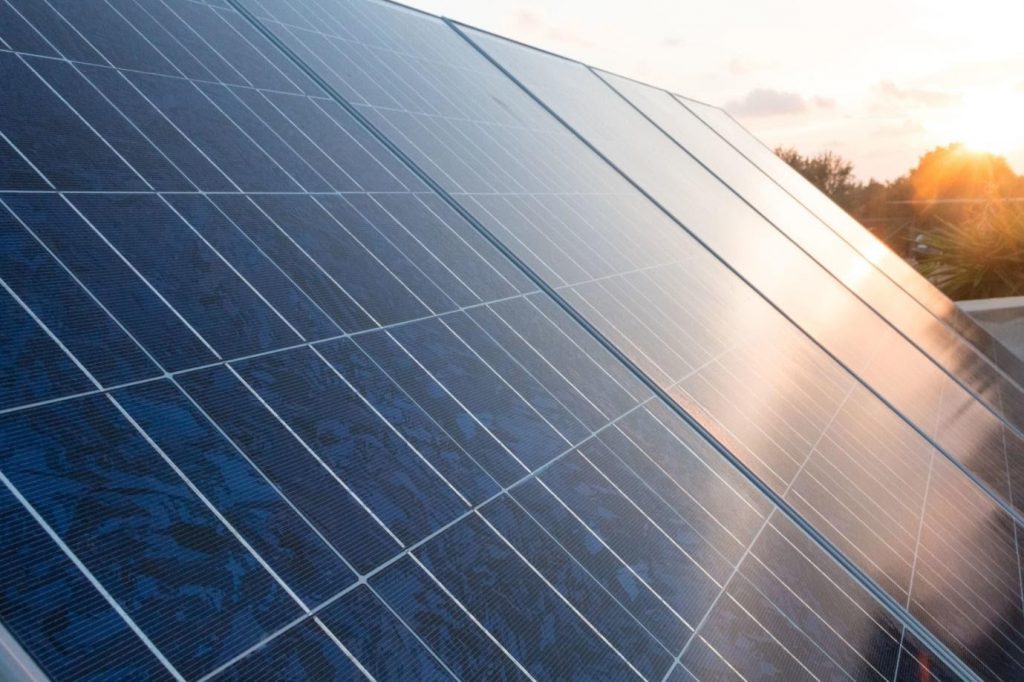As climate change becomes a prominent topic in society, most businesses are looking to reduce their carbon footprint. Many have tried reducing paper waste or using copiers and printers less since they emit carbon monoxide fumes.
However, the main factor contributing to high business emissions is energy usage. Since these enterprises house a lot of appliances, energy usage is exceptionally high.
So how can your business reduce its energy usage and carbon footprint? You can switch to commercial solar power.
You may have heard of solar power before, but if not, we’ll tell you five things about using commercial solar for your business. Read on to learn more.
1. What Is Commercial Solar?
Commercial solar is an umbrella term that covers solar power use outside of residential areas or farms. It not only covers businesses but government organizations and non-profits as well.
Some establishments that use commercial solar power may include:
- Hospitals
- Schools
- Factories and warehouses
- Retail outlets
As you can see, various places can use commercial solar for their benefit. However, making the switch to clean energy can be challenging if everyone isn’t on board.
2. Cost of Commercial Solar Systems
SEIA, which is the Solar Energy Industries Association, had some interesting facts on commercial solar in their insight report. The average cost of commercial solar was roughly $1.36 per watt, costing less than residential homes.
Depending on your establishment’s size and the system you want, commercial costs are as follows:
- Retail outlets and clinics = $20,000
- Farms and warehouses = $102,000
- Factories, hospitals, and schools = $480,000
These are only a rough estimate of the potential costs for installing commercial solar. However, you’ll need to consider other factors such as location, type of mounting system you need, and installation difficulty.
3. How Are Solar Systems Installed?
Commercial solar panels are installed the same way they would be in residential homes. After selecting a top solar company to do your installation, they’ll come out and review the specifics of your building to see which type of system you need.
After the consultation, they’ll come back a few days later to get started on the installation. Times may vary depending on your establishment’s size, but it should be no more than a week.
4. Benefits of Commercial Solar
There are many benefits your business or organization will gain from switching to solar power. Some of them include:
- Federal and state tax incentives
- Lower operating costs
- Financing options
The tax incentive, also known as the solar tax credit, gives solar users equal to 26% back on their solar system installation costs when they file their taxes. So if your system costs $100,000, you’ll receive $26,000.
You can also lower your operating costs with a grid-tied system since you can export surplus power and import more to support your needs. On top of that, you’ll be protected from any electricity price hikes.
Commercial Solar Will Bring Your Business Forward
Commercial solar brings many benefits, whether you’re a business, organization, or work in the agricultural sector. Not only will you lower your costs, but you’ll reduce your carbon footprint too.
To learn more about solar power or other sustainable energy sources, check out our other blog posts.




